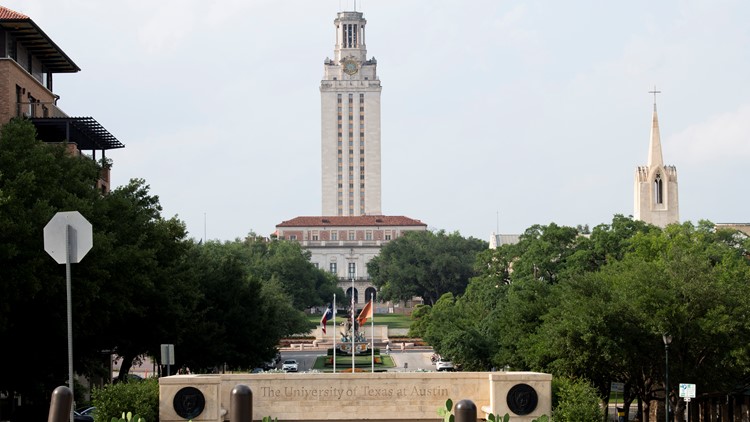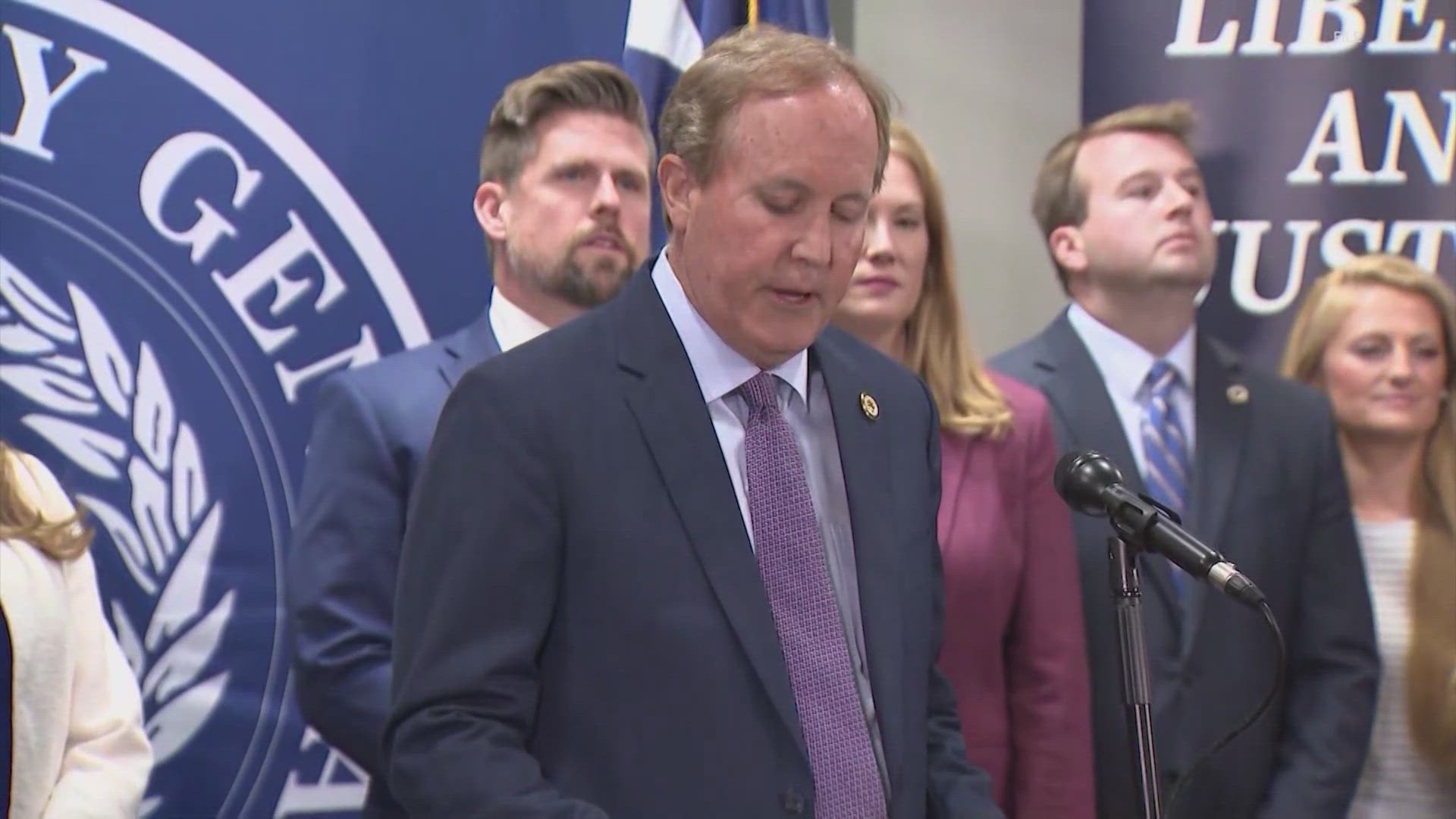AUSTIN, Texas — Central Texas offers a number of attractions, from the Texas State Capitol building to Austin's Lady Bird Lake.
It's also home to one of the best colleges in the country, according to WalletHub.
The finance company recently shared its list of the top 500 higher education institutions in the U.S., with the University of Austin at Texas ranked second in the state, behind only Houston's Rice University.
The home of the Longhorns placed 53 overall, landing in the 94 percentile with a total score of 69.98.
When it comes to schools in the Lone Star State, Trinity University in San Antonio ranked third, followed by Texas A&M University in College Station and Southwestern University in Georgetown.
Two UT branches were also rated highly for their student-faculty ratios. UT San Antonio was No. 1 out of all schools on the list, with UT Dallas in fifth for this particular category.
On a national level, WalletHub listed Princeton University, Yale University, Harvard University, the Massachusetts Institute of Technology and Dartmouth College as its top five universities, with Swarthmore, Hamilton, Amherst, Wellesley and Harvey Mudd ranked as the best colleges.
Meanwhile, the lowest-rated schools were Hampton University in Virginia, Xavier University in Ohio, the University of Science and Arts of Oklahoma, the University of New Hampshire and Calvary University in Missouri.
To set its rankings, WalletHub considered seven main factors, including:
- How selective a university is when admitting students. Standardized SAT/ACT test scores were also considered
- Overall net cost of education, student loans taken out and on-campus job opportunities
- The number of full-time faculty members compared to the amount of students. This also looked into how many students are placed in a given class
- School safety levels, specifically highlighting crime and arrests
- The campus experience as a whole, factoring how many students live at school, the number of international students and the amount of racial diversity, to name a few considerations
- The percentage of students who return each year and those who make it to graduation
- How many students find full-time careers six months post-grad. Initial salaries compared with education charges were also analyzed, among other considerations



